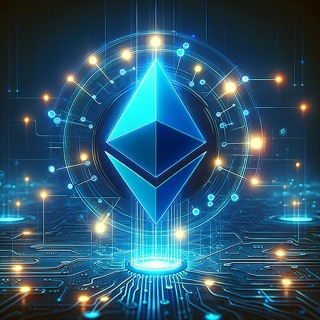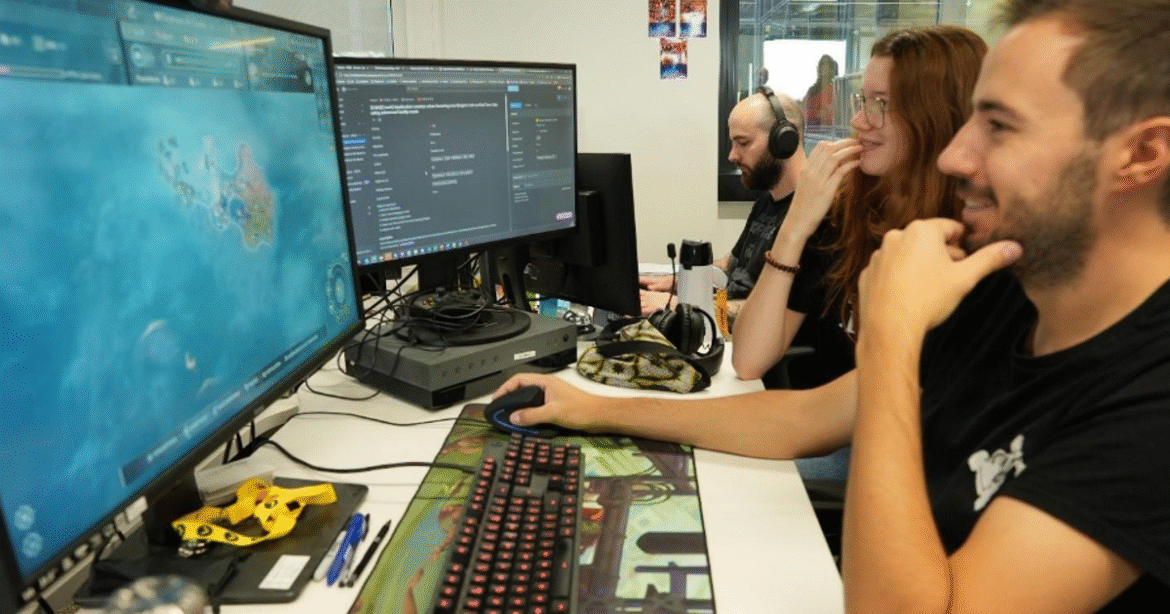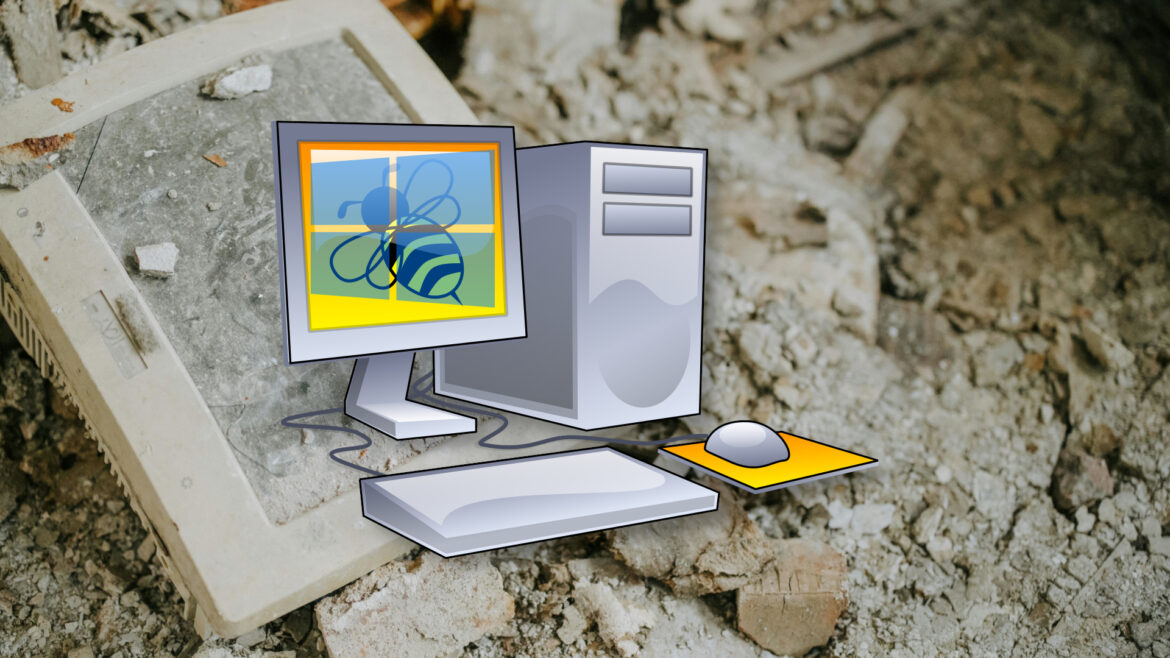In brief
- BNB climbed more than 10% over the weekend to an all-time high of $1,079, doubling Bitcoin and Solana’s year-to-date gains.
- Analysts cite renewed institutional demand, Binance’s partnerships, and a stronger regulatory outlook as key drivers.
- Both bulls and bears see room for correction, with some warning of a dip below $1,000 before longer-term gains.
BNB continues to outperform the broader crypto market, with analysts suggesting that regulatory and fundamental developments, coupled with institutional demand, are driving the token forward.
The asset, which can be used to offset fees on the Binance exchange, surged more than 10% over the weekend to a new all-time high of $1,079, CoinGecko data shows. It’s now more than double that of Bitcoin and Solana’s 22% year-to-date gains.
“Renewed institutional demand” and “improved sentiment around Binance’s regulatory outlook” are two significant reasons contributing to the rise, MEXC’s chief analyst Shawn Young told Decrypt.
“The exchange has recently strengthened compliance measures, settled some key cases, and is signalling greater alignment with global standards,” he said. “For institutions, this reduces headline risk and makes exposure to BNB more palatable.”
Binance has continued to forge ahead with new partnerships, including with investment firm Franklin Templeton, which has helped lift the token’s profile, Decrypt was told.
The deal, inked earlier this month between the pair, will see a new slew of yet-to-be-announced crypto products “tailored for a broad range of investors.”
Digital Asset Treasuries companies, including publicly traded consumer products firm CEA Industries, meanwhile, have begun to accumulate the token in the second half of this year, often to the tune of hundreds of millions of dollars.
Like Bitcoin and Solana, BNB could benefit from increased demand from larger players as companies look to crypto to support their balance sheets.
Sean Dawson, head of research at on-chain options platform Derive, told Decrypt the token’s performance also lies in Binance’s 40% market share of spot trading volume.
When asked whether the token would experience a sell-off, Dawson added that, “It’s only a matter of time before a pullback.”
MEXC’s Young agrees, anticipating a slowdown in the token’s ascent with potential for a correction below $1,000 in the short-term.
Both, however, remain bullish on BNB, supported by broader crypto market sentiment and institutional demand, they said.
Daily Debrief Newsletter
Start every day with the top news stories right now, plus original features, a podcast, videos and more.










